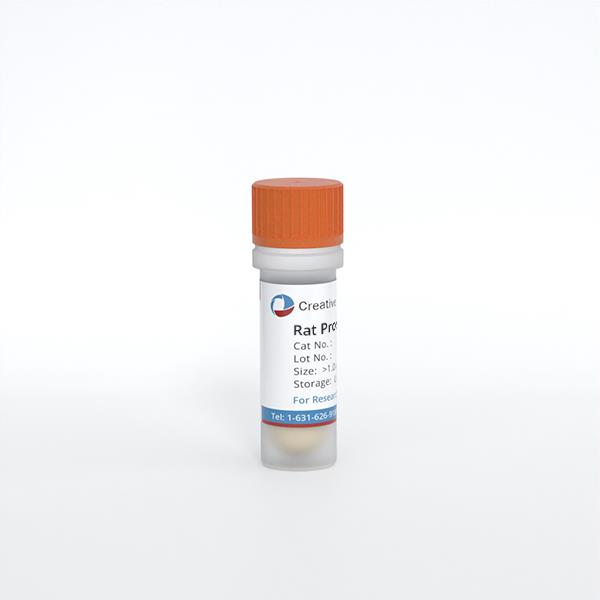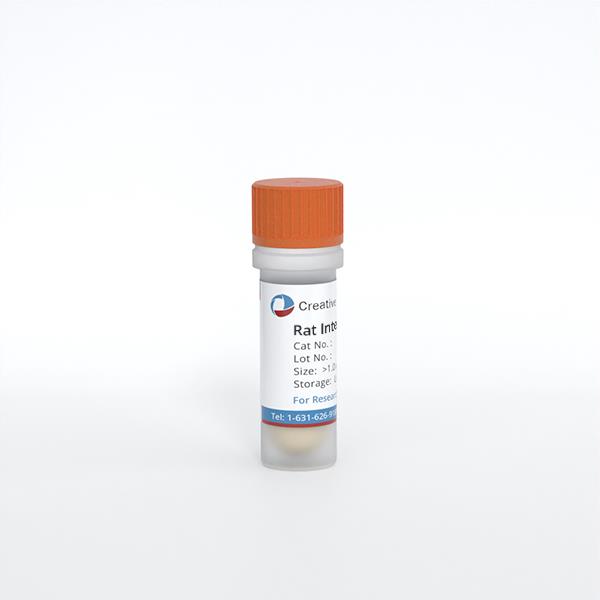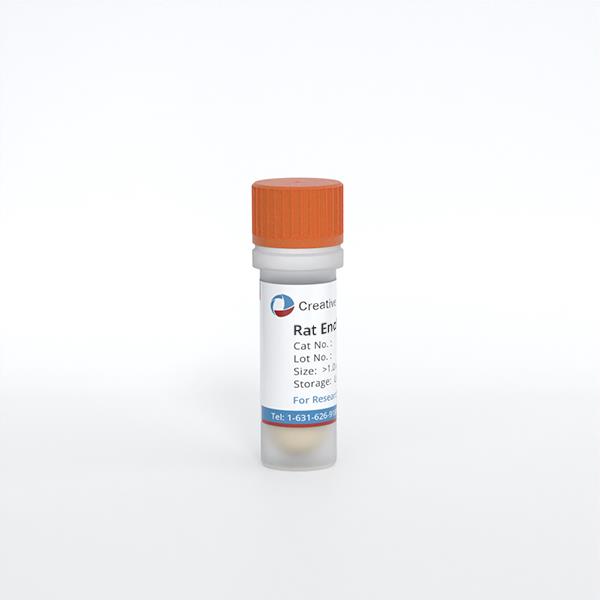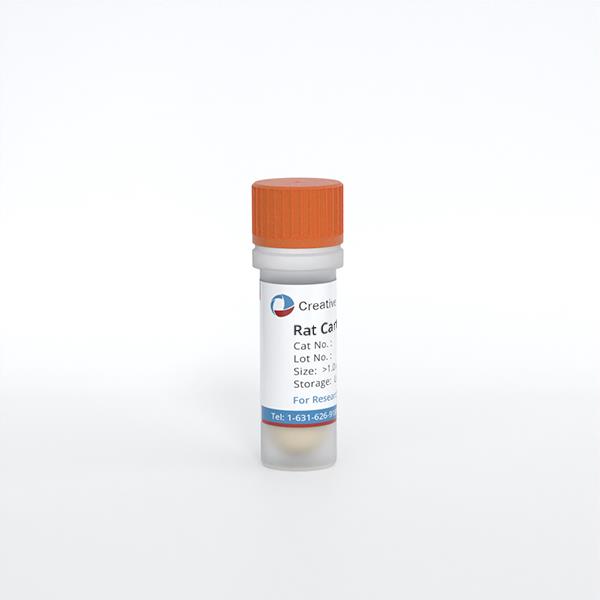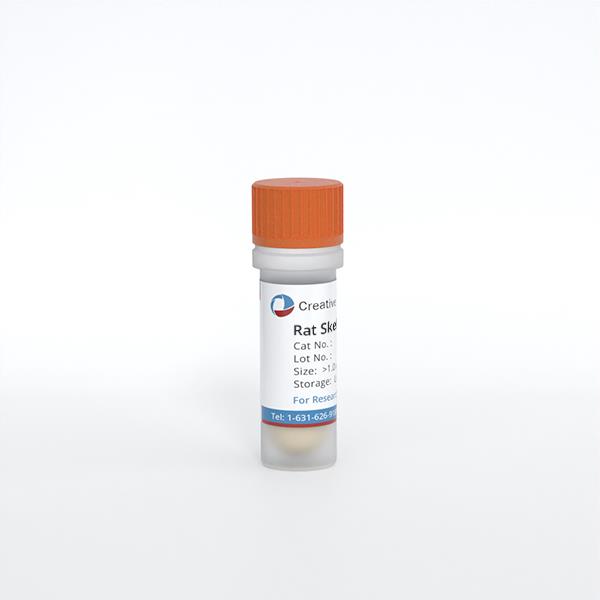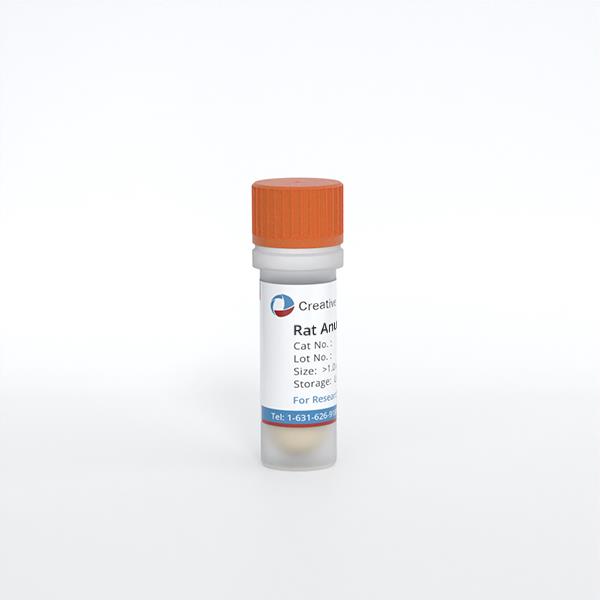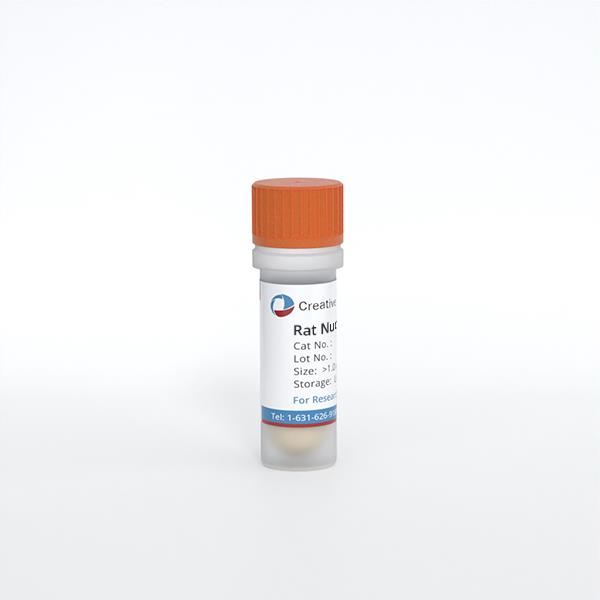Animal Primary Cells
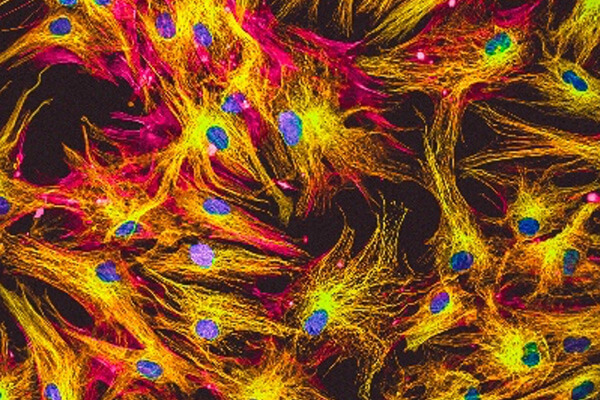
The animal cell model is an alternative for in vivo studying the biological functions of cells. As models for human systems, researchers can use animal cells to examine a wide range of disease mechanisms and evaluate novel treatments before applying the results of these investigations to humans. Animal cell culture has found use in diverse areas, from basic to advanced research.
- Studying basic cell biology, cell cycle mechanisms, specialized cellular functions, cell-cell and cell-matrix interactions
- Toxicity testing to study the effects of new drugs
- Gene therapy for replacing non-functional genes with functional gene-carrying cells
- Production of vaccines, monoclonal antibodies, and pharmaceutical drugs
- Production of viruses for use in vaccine production
Creative Bioarray's animal primary cells are isolated from normal or diseased animal tissues. They are rigorously quality tested to meet our high standard and specifications.
- Over 500 different lots available
- Isolated from both healthy and diseased animals
- Cryopreserved immediately after isolation
- Stored in frozen vials
Search our available specified cell types to find primary cell solutions for your research.
Filters Clear all filters
Species
- Bovine (20)
- Cat (1)
- Chicken (4)
- Dog (114)
- Fish (1)
- Fruitfly (1)
- Goat (2)
- Guinea Pig (6)
- Hamster (95)
- Horse (1)
- Human (793)
- Minipig (2)
- Monkey (128)
- Mouse (866)
- Pig (106)
- Rabbit (249)
- Rat (321)
- Sheep (2)
- Squirrel (1)
- Turkey (1)
Source
- Adipose (27)
- Adrenal Gland (10)
- Airway (7)
- Anus (3)
- Aorta (83)
- Artery (178)
- Bile Duct (9)
- Bladder (45)
- Blood (190)
- Bone (13)
- Bone Marrow (154)
- Brain (158)
- Breast (63)
- Bronchus (43)
- Cartilage (19)
- Cervix (5)
- Chorion (5)
- Choroid (8)
- Ciliary Body (1)
- Colon (63)
- Conjunctiva (8)
- Cord Blood (24)
- Cornea (24)
- Dental Pulp (4)
- Dermis (109)
- Diaphragm (3)
- Ear (9)
- Embryo (21)
- Endometrium (9)
- Epidermis (25)
- Epididymis (3)
- Esophagus (31)
- Eye (87)
- Foreskin (2)
- Gallbladder (4)
- Gingiva (18)
- Hair Follicle (15)
- Heart (62)
- Intestine (150)
- Iris (1)
- Kidney (144)
- Lens (4)
- Liver (118)
- Lung (188)
- Lymph Node (26)
- Mesentery (18)
- Nose (3)
- Oral Cavity (8)
- Ovary (70)
- Oviduct (6)
- Pancreas (66)
- Pancreatic Duct (3)
- Pancreatic Islet (11)
- Parathyroid Gland (4)
- Penis (6)
- Perineurium (1)
- Periodontal Ligament (5)
- Periodontium (23)
- Peripheral Blood (150)
- Peritoneal Cavity (14)
- Placenta (29)
- Prostate (62)
- Pudenda (2)
- Rectum (3)
- Retina (36)
- Salivary Gland (3)
- Sclera (3)
- Seminal Vesicle (1)
- Skeletal Muscle (35)
- Skin (152)
- Small Intestine (54)
- Spinal Cord (10)
- Spleen (71)
- Stomach (36)
- Synovial Fluid (2)
- Synovium (9)
- Tendon (6)
- Testis (14)
- Thymus (47)
- Thyroid (34)
- Tongue (4)
- Tonsil (3)
- Tooth (4)
- Trabecular Meshwork (2)
- Trachea (41)
- Umbilical Cord (27)
- Ureter (8)
- Uterus (57)
- Vas Deferens (1)
- Vein (103)
Cell Type
- Adipocyte (4)
- Astrocyte (32)
- B Cell (30)
- Basal Cell (3)
- Basophil (1)
- Beta Cell (3)
- Cardiomyocyte (14)
- CD133+ Cell (6)
- CD34+ Cell (21)
- Cholangiocyte (9)
- Chondrocyte (14)
- Dendritic Cell (15)
- Endothelial Cell (678)
- Endothelial Progenitor Cell (7)
- Eosinophil (1)
- Epithelial Cell (480)
- Fibroblast (447)
- Glial Cell (57)
- Granule Cell (2)
- Granulocyte (12)
- Hepatic Stellate Cell (9)
- Hepatocyte (23)
- Interstitial Cell (9)
- Keratinocyte (23)
- Keratocyte (3)
- Kupffer Cell (8)
- Leydig Cell (3)
- Lymphocyte (82)
- Macrophage (31)
- Mast Cell (3)
- Melanocyte (11)
- Meningeal Cell (4)
- Mesangial Cell (10)
- Mesothelial Cell (4)
- Microglia (6)
- Microvascular Cell (306)
- Monocyte (16)
- Mononuclear Cell (107)
- Myeloid Cell (2)
- Myoblast (5)
- Myofibroblast (3)
- Myosatellite Cell (2)
- Neuron (48)
- Neutrophil (10)
- NK Cell (11)
- Oligodendrocyte (3)
- Oligodendrocyte Progenitor Cell (4)
- Osteoblast (8)
- Osteoclast (2)
- Osteocyte (3)
- Pancreatic Stellate Cell (4)
- Pericyte (20)
- Podocyte (4)
- Preadipocyte (16)
- Progenitor Cell (15)
- Red Blood Cell (12)
- Retinal Ganglion Cell (3)
- Satellite Cell (2)
- Schwann Cell (4)
- Sebocyte (1)
- Sertoli Cell (5)
- Skeletal Muscle Cell (9)
- Smooth Muscle Cell (233)
- Spermatogonium (3)
- Stromal Cell (39)
- Synoviocyte (7)
- T Cell (37)
- Tenocyte (6)
- Trabecular Meshwork Cell (2)
- Trophoblast (4)
Disease
- Acute Lymphocytic Leukemia (ALL) (15)
- Acute Myeloid Leukemia (AML) (13)
- Amyotrophic Lateral Sclerosis (ALS) (4)
- Aplastic Anemia (AA) (1)
- Arteriovenous Malformation (AVM) (1)
- Asthma (5)
- Astrocytoma (2)
- Autoimmune Hemolytic Anemia (AIHA) (1)
- Autoimmune Lymphoproliferative Syndrome (ALPS) (1)
- Breast Cancer (8)
- Cancer (144)
- Cervical Cancer (2)
- Chronic Lymphocytic Leukemia (CLL) (19)
- Chronic Myeloid Leukemia (CML) (14)
- Chronic Obstructive Pulmonary Disease (COPD) (6)
- Colon Cancer (9)
- Crohn's Disease (3)
- Cystic Fibrosis (CF) (7)
- Diabetes (110)
- Diabetes Type 1 (16)
- Diabetes Type 2 (18)
- Diffuse Large B-Cell Lymphoma (4)
- Dilated Cardiomyopathy (DCM) (1)
- Duchenne Muscular Dystrophy (DMD) (5)
- Essential Thrombocythemia (ET) (1)
- Glioblastoma (3)
- Guillain-Barre Syndrome (GBS) (1)
- Hypertension (27)
- Idiopathic Thrombocytopenic Purpura (ITP) (1)
- Inflammatory Bowel Disease (IBD) (5)
- Iron-Deficiency Anemia (1)
- Kidney Cancer (3)
- Legg–Calvé–Perthes Disease (LCPD) (2)
- Leukopenia (1)
- Liver Cancer (3)
- Lung Cancer (12)
- Mantle Cell Lymphoma (MCL) (8)
- Melanoma (2)
- Mucopolysaccharidosis (2)
- Multiple Myeloma (MM) (12)
- Multiple Sclerosis (MS) (3)
- Muscular Dystrophy (MD) (1)
- Myelodysplastic Syndrome (MDS) (3)
- Neurofibromatosis (NF) (3)
- Non-Hodgkin Lymphoma (NHL) (10)
- Normal (2341)
- Osteoarthritis (OA) (4)
- Ovarian Cancer (6)
- Pancreatic Cancer (3)
- Pancytopenia (1)
- Parkinson's Disease (PD) (2)
- Plasmacytoma (1)
- Polycythemia (1)
- Prostate Cancer (6)
- Psoriasis (4)
- Rheumatoid Arthritis (RA) (6)
- Robertsonian Translocation (ROB) (1)
- Sickle Cell Anemia (2)
- Systemic Lupus Erythematosus (SLE) (4)
- Thrombocytopenia (1)
- Transverse Myelitis (TM) (1)
- Ulcerative Colitis (UC) (2)
- Waldenström Macroglobulinemia (WM) (2)
Description: The kidney is a part of the urinary system, responsible for filtering impurities in the blood, ...
Description: The prostate gland is mainly composed of three kinds of cells, namely secretory cells, basal cells ...
Description: Renal interstitium refers to the area between renal blood vessels and renal tubules, which is ...
Description: The epididymis is an organ composed of many tortuous, tiny tubular structures. It connects the vas ...
Description: The cavernous endothelial cells are a kind of endothelial cells lining the inner surface of the ...
Description: The anal sphincter complex consists of two overlapping layers of muscle. Its outer layer is the ...
Description: The endometrial layer is the target tissue for ovarian hormonal action and the site of ...
Description: Estrogen is synergistically synthesized by ovarian granulosa cells and theca cells under the action ...
Description: The diaphragm is the fibrous tissue between the chest and the abdomon. Histologically, the ...
Description: Osteocytes are cells lie within the substance of fully formed bone. They occupy a small chamber ...
Description: Osteoblasts are important cells in osteogenesis and bone formation. They synthesize and secrete ...
Description: Cartilage cells are mostly distributed in articular cartilage and are responsible for the secretion ...
Description: The synovium secretes synovial fluid, which plays an important role in joint movement. The normal ...
Description: The skeletal muscle contains the muscle belly and tendons. The thin, creamy part at the ends is the ...
Description: The annulus fibrosus is a fibrocartilaginous tissue consisting of layers of lamellae rich in highly ...
Description: The nucleus pulposus is a milky white translucent colloid that is the inner core of the ...
Description: During wound repair, dermal fibroblasts change from a proliferative and migratory phenotype to a ...
Description: The Malpighian layer consists of basal cells that are mitotically active, melanocytes, and cells ...
